By
Team DIGO | 02/04/2012 | in
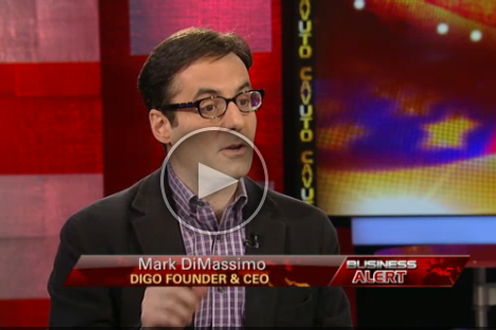
Mark DiMassimo sat down with Neil Cavuto for a one-to-one conversation on the fatal flaws in the Gingrich “brand.” DiMassimo argued that Gingrich is a “Challenger but not a Champion,” that the perceived brand negatives of “disloyal, devious and deviant” would ultimately undo his candidacy. DiMassimo concluded, “Newt is a historian burdened by his own history.”
Read the transcript here.
By
Team DIGO | 02/01/2012 | in
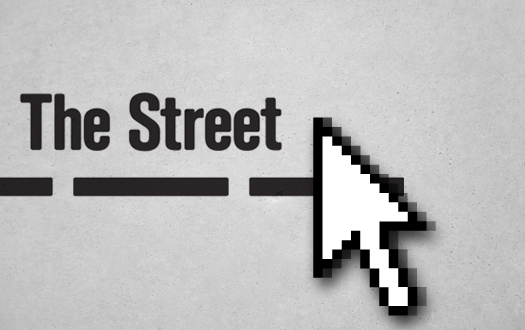
TheStreet.com spoke to Mark DiMassimo about the kinds of SuperBowl spots we can all expect to see again this year. Most comments concur that he managed a tightrope dance of remaining eloquent and on point and still slipping in the word “scrotum.” Enjoy.
By
Team DIGO | 02/01/2012 | in
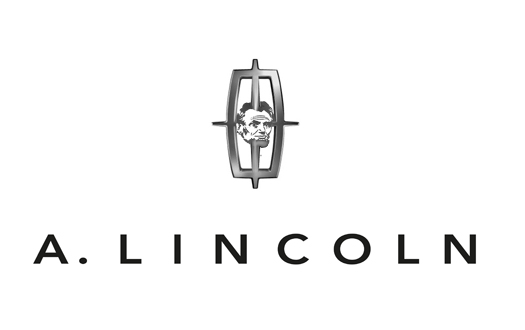
Presidents and Companies as Challengers and Leaders.
Successful presidential candidates and innovative fast-growth companies have lot in common. Both must succeed first as challengers and ultimately as leaders. This is as rare a trick among companies as it is among politicians.
I’ve spent the better part of my career working closely with leaders of innovative, fast-growing mid-sized companies. I’ve coined a term for these leaders and their companies – I call them “Cheetahs.” Cheetahs out-challenge, out-pace and ultimately out-lead their competition. They do this through a process of brand-driven growth.
Brand is a much-abused word, mostly by overuse. To some it means merely a name. To others, it embraces a product’s visual identity as well. To still others, brand denotes the dollar value of the corporate reputation. My definition is a simple one.
To me, your brand is the emotional idea that people have of you.
So brand isn’t something that exists in here and can be managed directly. You can’t change it in a logo or ad or website. Brand is something that exists out there and can only be managed indirectly. It can be influenced.
Perhaps paradoxically, brand perception is ultimately most influenced by the things that are most consistent in an organization. Its reason for being. Its mission in the world. Its why. Yet companies suffer from the same sort of conflicts, integrity lapses and failures of nerve that politicians often do. They are often confused about their own brands. By which I mean not what they say they stand for, not what their mission statement or brand strategy or positioning document says. But what they truly do stand for by virtue of the experience they deliver over time.
When the ideas, enthusiasms, values, efforts, markets, products and experiences are aligned, something extraordinary happens. The experience the company delivers shatters the foundations of expectation that had well supported the competition. Like successful candidates, they teach people to expect something different. They face and overcome challenges and they lead. In this way, successful challengers often lead the ideas and expectations of their categories long before they become the vote or market share leader.
So, this election season is a boon. If you are working on building a business or a brand, you can learn a lot from watching the candidates. If you’re part of building or leading a political campaign, you can learn a lot by studying the successes of the brands and businesses you admire.
At last, perhaps, this is something about which we can all agree.
By
Team DIGO | 01/31/2012 | in
I used to think that I had to overcome people’s natural reticence in order to get them to be more creative.
I suppose I thought this because I had overcome my own natural reticence in order to be more creative.
I was reinforced in this belief by the Rules of Brainstorming, which had come down to me as secular commandments. Though I started my career at BBDO, I didn’t know then that Alex Osborn, the O in Batten Barten Dursteen & Osborn, actually introduced the world to the Brainstorming session.
I also didn’t know that decades of studies have concluded that creative problems are better solved outside of traditional “no bad ideas” brainstorming sessions. So, I cheerfully harangued and pushed people out “of their comfort zones” and felt I was doing my creative duty. But, I couldn’t help noticing that breaking up our sessions and letting people work alone or in much smaller groups to write down ideas actually yielded many more good ideas!
And people instantly enjoyed themselves a lot more too. My job is to get better ideas sooner and more often, and this worked better so we threw the old rules out. Maybe, we thought, all the rules in the world won’t overcome the natural hesitancy most people have to calling out their best ideas in a group. Or maybe people get into a different mode when they sit alone or nearly alone and put pen to paper or fingers to keyboard.
But, until now, I hadn’t seen the science. The New Yorker has published a piece that reviews the findings of several studies of brainstorming vs. alternative techniques. The common outcome is that the other techniques win.
http://www.newyorker.com/reporting/2012/01/30/120130fa_fact_lehrer
By
Team DIGO | 01/27/2012 | in

DIGO Founder Mark Dimassimo on the impact on Gingrich’s character and brand of his response to his ex-wife’s claims in an interview.
Neil Cavuto: There was no admission. ABC News did NOT offer us any opportunity to have surrogates in the piece. It took THREE DAYS of putting pressure on ABC News before they agreed to interview anyone to give our side of the story. Branding expert Mark DiMassimo says that what happened here could be sort of the tip of the sort of character iceberg here. Explain that, what do you think this tells us.
Mark: Well, I’m a brand guy and I look at Newt Gingrich’s brand and the strategy that he is pursuing to try and win this nomination. Now Newt is a great strategist he knows that the conservatives need a champion, so he tries to position himself as a champion. But he’s not just a strategist on this campaign, he’s also the product – the product- and the product has a problem. And the problem is that the brand is certainly a challenger brand but there’s a difference between a challenger and a champion. A challenger is aggressive, a challenger fights, a challenger can be hopping mad and excessive. Right? But a champion is loyal, honorable, fare, a gentleman. A champion will stand by you and look what happening now with this story. There’s the personal life – by the way go to politico.com right now the most popular story is this story. The most popular…the most discussed are the political stories, so the political folks don’t necessarily want to talk about the personal. People are interested because it connects at the brand level. Disloyalty.
Neil Cavuto: What this goes back to is, I always think that people who are gifted, he’s very gifted as a speaker but usually your greatest gift can also be your greatest weakness and I remember the boxer Mike Tyson, he tried to corral a bull, at the strength of tin man, and he could just beat the crap out of everybody. But it was that same out of control recklessness in the ring that was very common behavior outside the ring and ultimately torpedoed his career. And I know no one is going to confuse Mike Tyson for Newt Gingrich but my point is that they both suffer the same problem, of both having a wonderful strength that can be their wonderful undoing.
Mark: It’s the tragic flaw. In characters and in brands. In order to be a successful candidate you have to look like a successful president. So, yes he’s the fighter, he’s the challenger, he’s hopping mad. “Hot-headed arrogance,” said Coulter today, right. “Hot-headed arrogance.” So, he’s the fighter but is he also the leader?
Neil Cavuto: But isn’t that his selling point right now, you need that, you know take prisoners and bang up the china shop kind of guy.
Mark: The other elements of the brand are too negative, disloyal is the key word. Devious… and deviant, now how can you represent…
Neil Cavuto: Where did the deviant come from?
Mark: Oh let’s see here- Emmitt Tyrell, The American Spectator
Neil Cavuto: Well that’s crossing into a dangerous territory when you move into that. But you think that he’s in trouble on the character thing that ultimately he tried to dismiss is going to be his undoing.
Mark: I think that it connects to the political issues and his own history. He’s a historian burdened by his own history. And what they’re saying is he has a history of disloyalty. Even to Reagan that’s another very big story today, He criticized Reagan and he was disloyal … that’s what they’re saying.
By
Team DIGO | 01/27/2012 | in
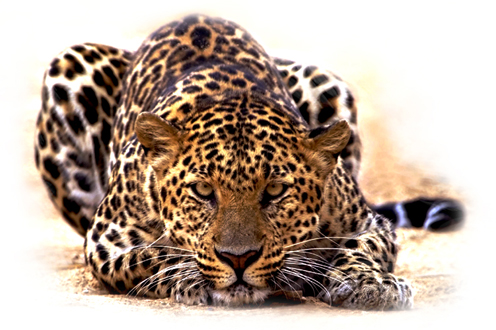
By Mark DiMassimo Founder and Chief of DIGO.
You can take the elephants and the dinosaurs – I like the Cheetahs.
I’ve spent the better part of my career working closely with leaders of innovative, fast-growing midsized organizations. I’ve coined a term for these leaders and their companies – I call them “Cheetahs.”
It is a privilege to be able to work intimately with these visionaries. Every working day is like going to the school of my dreams. As a young man living in Paris in the 1920s, my former client, the late Roy Neuberger, founder of Neuberger & Berman money management firm, studied art working along side such figures as Pablo Picasso (Neuberger was born in 1903, died in 2010 at age 107). I imagine he felt as I do, with the chief difference being that my masters are business artists.
Of course, the Cheetah is by far the fastest land animal, clocking bursts of up to 110 MPH. I’ve found that Cheetah leaders do move faster, eliminating or hurtling obstacles to growth. I’ve learned so much working with Cheetahs – about what makes an effective growth leader, and how to best accelerate growth in Cheetah companies, divisions and brands – that I’ve accumulated a great deal of writing on the subject.
In between my daily sprints, I’m working on a book on the most important things I’ve learned, titled The Way of the Cheetah, which I expect to be available by the end of the year. In the mean time, with my PR partner Eric Yaverbaum, author of PR for Dummies and several other business bestsellers, I’ve released an early draft of much of this material in a free e-book, titled Digital@SPEED – How to think, act and lead like a digital marketer in a time-starved world. It’s available for download here, absolutely free, for reading in a variety of e-reader formats.
So, how do luxury, fashion and retail brands out-pace and out-grow their larger competition?
What luxury Cheetah brands know is that the customer experience is everything. This experience happens inside of the customer in response to what you orchestrate around the customer. Watch Coach and Kate Spade, for example. The Luxury Institute reports that Coach has the highest brand familiarity, purchase intent and recommendation rate among affluent consumers “by a wide margin” and the Institute report goes on to attribute this “unprecedented success” to at “a highly disciplined customer culture” and a “consumer-centric brand built on strong core values.” Kate Spade is building a strong international brand with the same customer-experience centered evolution.
Customer centricity and customer service are the ultimate keys, responsible not only for the enduring strength of Nordstrom but also for the emergence of Zappos as a major force. The kind of service that seduces prospects into repeat customers and generates word-of-mouth stories is what it takes to build a powerful luxury brand. Luxury customers come back for an experience that they love and can repeat. Understand what the luxury experience means to them and deliver at a legendary level.
Cheetahs pay close attention to the intersection of new technology and consumer behavior, pouncing on opportunities to use technology to create a new and more exciting customer experience. Witness Gilt Groupe, Rue La La and Bluefly. By creating exciting luxury buying experiences that start online and in the email inbox, these brands have grown to own significant pieces of the luxury and fashion buyer’s dollar.
Cheetahs don’t let anything stand in the way of a dizzying pace of improvement in customer experience. They know that slower animals are never far behind. Whatever the obstacle, Cheetah leaders will either outrun it or hunt it down and chew it up. Which leads me to my first rule of working with Cheetahs:
Be the hunter not the prey. In other words, never be the obstacle.
By
Team DIGO | 01/18/2012 | in
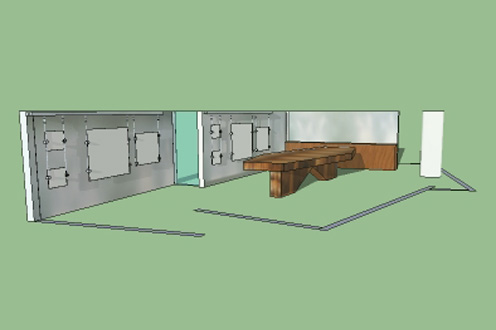
“Our designers love to design!!!”
By
Team DIGO | 01/18/2012 | in
National Jewish Health has been recognized by US News & World Report as the nation’s leading respiratory hospital every year since 1998. This achievement stems from NJH’s deep commitment to excellence, which was also the inspiration for the Never Say Never campaign DIGO launched two years ago. Since then, National Jewish Health has grown and is embarking on an ambitious expansion. So we created a new spot for the campaign that delivers the news within the same inspirational storytelling that made the original spots so effective and affecting. Enjoy! Breath easier. Tell everyone.







